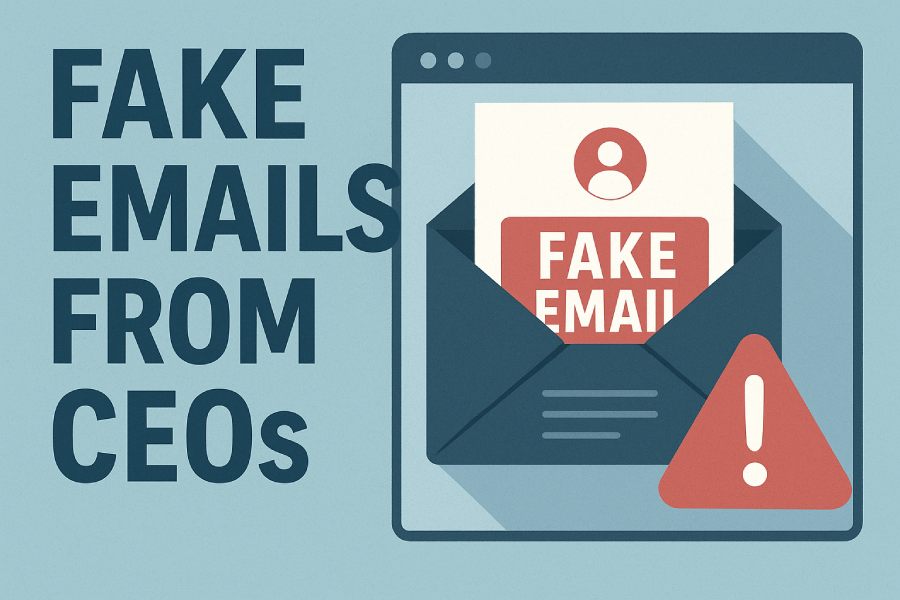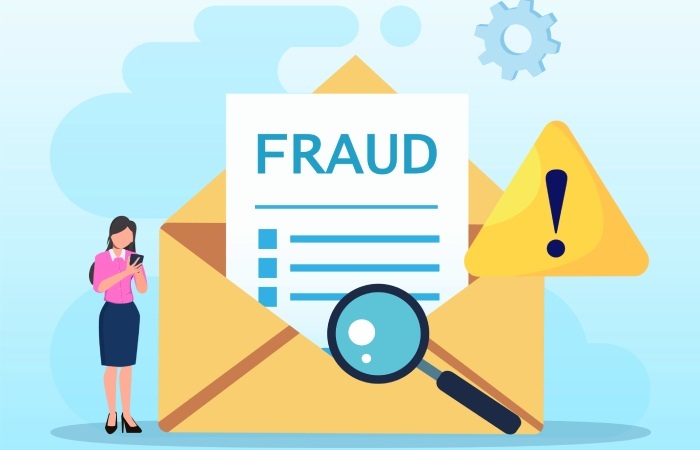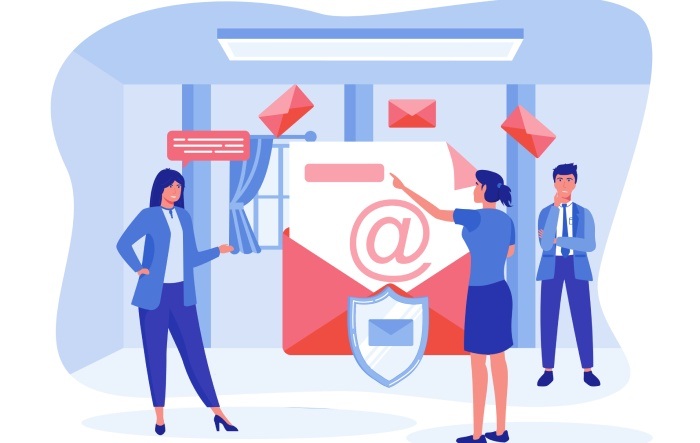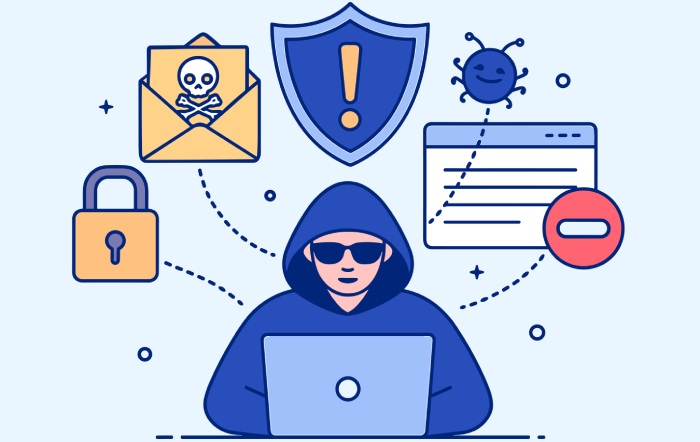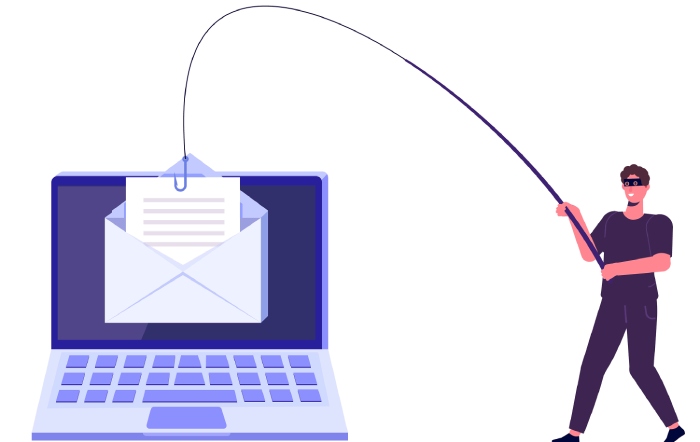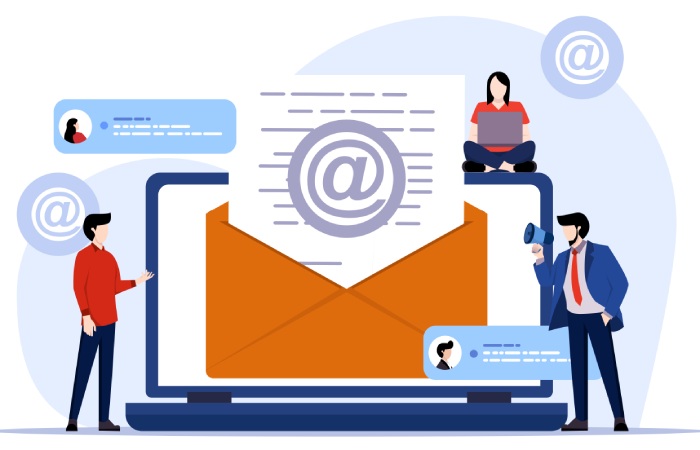In today’s digital communication landscape, leadership communication via email is central to corporate operations. However, this vital channel has increasingly become a target for cybercriminals aiming to exploit trust and authority within organizations. Executive emails, especially messages that appear to emanate from a CEO or senior management, are frequently imitated in scams designed to deceive employees, partners, or stakeholders.
These fraudulent emails compromise business email etiquette and can severely damage company culture, communication, and corporate correspondence integrity, highlighting the need for robust phishing protection measures. High-profile executives such as Elon Musk, Satya Nadella, Tim Cook, Sundar Pichai, Mary Barra, Jeff Bezos, Sheryl Sandberg, and Warren Buffett are often targets or represented in fake CEO emails, reflecting their global leadership stature.
As corporations like Tesla, Apple Inc., Amazon, Google, Salesforce, and Microsoft adopt sophisticated email platforms, including Microsoft Outlook, Gmail, Slack, and HubSpot for their internal memos, company newsletters, and board communication, recognizing and preventing CEO email fraud becomes imperative in email security and deliverability management.
Common Types of CEO Email Scams
CEO email fraud typically manifests in several forms, all strategically designed to manipulate recipients through urgent or confidential requests. Some prevalent types include:
- Urgent Email Requests: Fraudsters send emails impersonating a CEO’s address, creating a sense of urgency by requesting immediate wire transfers, confidential documents, or sensitive data. These may appear as formal emails or management announcements, leveraging email templates that mimic authentic executive updates.
- Internal Memo or Organizational Update Spoofs: Attackers may mimic internal memos, executive updates, or company newsletters to deliver false directives or announce fictitious organizational updates, often bypassing employee communication protocols.
- Board Communication and Senior Management Email Impersonation: Cybercriminals may target board members and senior management by forging emails that replicate the email signature and email tone typical of top-tier corporate correspondence or strategic messages.
- Phishing Through Email Forwarding or Email Chain Manipulation: Some scams involve hijacking existing email chains (email threading), using legitimate email subjects but posing as the CEO in subsequent responses to gain trust and bypass email security filters.
These fraudulent tactics exploit email automation and email marketing from CEOs to craft seemingly personalized and transparent messages, which can compromise email confidentiality and disrupt email management workflows.
Why Fraudsters Target CEO Emails
Fraudsters prioritize CEO emails because they represent the pinnacle of organizational authority and usually carry significant weight in decision-making processes. A CEO message or executive email typically commands immediate attention, respects established business email etiquette, and often results in expedited compliance without the usual scrutiny.
The popularity of CEOs like Jeff Bezos and Tim Cook in public discourse makes their names and email styles prime models for email outreach scams. Additionally, the widespread use of digital communication tools such as Zoom and Slack for instant messaging has sometimes blurred boundaries, creating openings for fake CEO messages to slip into inboxes unnoticed.
Targeting CEO emails compromises organizational updates, employee communication, and company culture communication frameworks. When these emails are counterfeit, they undermine email transparency, damage trust in corporate correspondence, and disrupt normal email response and email chain management processes within firms.
Key Indicators of a Fake Email from a CEO
Detecting a counterfeit CEO email requires vigilance and knowledge of common red flags that deviate from established corporate communication standards. Notable indicators include:
- Unusual Email Subject Line or Tone: Fake emails often employ urgent email subject lines like “Immediate Action Required” or “Confidential Request,” rushing recipients and bypassing the normal leadership email template used in legitimate executive updates or CEO letters.
- Inconsistencies in Email Signature: A genuine corporate email from a CEO or senior management typically includes standardized email signature reflecting company branding and personal contact information. Discrepancies or missing elements in the email signature should raise suspicion.
- Requests Outside Normal Protocols: Fraudulent CEO messages often demand actions that conflict with established email platform procedures for confidential information or financial transactions. This circumvention of email confidentiality and security policies is a critical warning.
- Lack of Email Personalization or Unfamiliar Email Addresses: Whereas legitimate ceo insights and email announcements utilize email personalization and trusted domains (e.g., official Amazon, Apple Inc., or Google email domains), fake emails often come from suspicious or misspelled domains.
- Unexpected Email Forwarding or Email Automation Triggers: Scammers may attempt to initiate rapid email forwarding chains or employ email automation to circulate fraudulent requests quickly, making it challenging to track and respond appropriately.
- Poor Grammar or Business Email Etiquette: CEO emails, especially those from figures like Sheryl Sandberg or Warren Buffett, typically maintain a professional email tone and adhere to high standards of business email etiquette. Anomalies here can be telling.
How to Verify the Authenticity of CEO Emails
Ensuring email deliverability and mitigating the risk of CEO email fraud involves a multi-layered approach integrating technology, process, and employee awareness:
- Use Email Tracking and Email Management Tools: Platforms like Microsoft Outlook, Gmail, and HubSpot offer features in email tracking and email security that can confirm the legitimacy of an executive email by verifying IP addresses, sender authentication, and previous email chains.
- Confirm Through Alternative Channels: Verify suspicious email announcements or urgent emails by initiating a separate communication line, such as a Slack message, Zoom call, or direct phone call. The CEO addresses that directing sensitive tasks must align with verified business communication.
- Implement Leadership Email Template Standards: Adopting standardized leadership email templates that include requisite email signatures, final ceo addresses, and formal email tones can help employees identify emails that deviate from expected patterns.
- Leverage Email Automation with Security Features: Use email automation tools carefully with built-in email confidentiality controls to prevent unauthorized distribution of sensitive organizational updates or internal memos.
- Maintain Employee Education on Business Email Etiquette: Regular email outreach training focusing on identifying fraudulent emails, understanding email personalization nuances, and recognizing typical strategic messages from senior management improves overall email platform security. To make training materials more accessible and visually engaging, using a Convert Word to PowerPoint tool allows you to transform email etiquette guides into slide presentations quickly and efficiently.
- Audit Email Chains and Email Threading: Instruct employees to inspect entire email chains, noting unexpected breaks or unfamiliar entries that may suggest email forwarding or insertion of fake CEO messages.
By integrating these verification strategies within an organization’s email platform and corporate correspondence protocols, companies can safeguard against CEO email fraud effectively, maintaining email transparency across all levels of management announcements, executive updates, and company newsletters.
Statistical Data: Impact of CEO Email Fraud in Organizations
- 75% of organizations report attempts at CEO impersonation scams annually
- Average financial loss per incident exceeds $140,000
- Over 60% of fraudulent CEO emails use urgent email subject lines to pressure recipients
- 85% of fake CEO emails exploit email automation or email forwarding to increase reach
- Less than 40% of employees verify suspicious CEO emails before responding
Data derived from industry analyses by cybersecurity firms and email security platforms
The Role of Technology in Detecting Fake CEO Emails
In today’s landscape of digital communication, technology plays a pivotal role in securing corporate correspondence and thwarting attempts at spoofing executive email addresses. Advanced email security solutions deployed on platforms like Microsoft Outlook, Gmail, and enterprise systems such as Salesforce incorporate sophisticated algorithms and machine learning models to detect anomalies in email chains, recognizing patterns indicative of phishing or CEO email scams.
Email security protocols such as SPF (Sender Policy Framework), DKIM (DomainKeys Identified Mail), and DMARC (Domain-based Message Authentication, Reporting & Conformance) enable email platforms to authenticate the sender’s domain, enhancing email deliverability and reducing the risk of fraudulent emails reaching employees. Incorporating email tracking and email automation tools, organizations can monitor email forwarding and detect unusual traffic associated with urgent emails, especially those mimicking leadership communication or management announcements.
Email platforms integrating these functions can flag suspicious metadata, such as altered email signatures or uncharacteristic email subject lines, which do not align with a CEO’s typical email tone or style. Additionally, digital communication tools like Slack and Zoom, when linked with corporate email management systems, provide multi-factor authentication and cross-platform monitoring, reinforcing protection against fake CEO messages common in email outreach campaigns.
Real-World Examples of CEO Email Scams
Prominent corporations have occasionally been victims of CEO fraud scams, underscoring the importance of vigilance in employee communication. For example, even well-established companies such as Tesla and Apple Inc. have faced attempts where cybercriminals imitated CEOs like Elon Musk or Tim Cook to initiate unauthorized funds transfers or confidential data divulgence via fake executive emails. These scams often exploit recognizable figures and senior management emails to create a sense of urgency and legitimacy.
In one high-profile case, a company received a fraudulent email purportedly from Satya Nadella containing an urgent executive update demanding immediate approval of a covert transaction. The email manipulated the typical CEO message style, employing a formal email tone and corporate email formatting to deceive the recipient. Similar attacks have targeted the wider corporate sphere, from Amazon employees receiving spoofed internal memos to LinkedIn users falling victim to fake board communication disguised as company newsletter updates or CEO addresses.
Preventative Measures for Organizations
To fortify defenses, organizations must establish stringent protocols related to email confidentiality, email management, and corporate email governance. A critical step involves adopting leadership email templates that include consistent email signatures, standardized email subject lines, and unmistakable brand elements, ensuring email personalization that employees can readily identify.
Deploying email platform functionalities that support email threading allows businesses to maintain clear views of ongoing email chains and internal memos, simplifying the validation process behind executive updates. Companies also benefit from leveraging comprehensive email marketing from CEO campaigns that promote transparent business email etiquette and email transparency, aligning messaging with company culture communication to build organizational resilience.
Enterprise-level email security solutions paired with employee training programs can help recognize phishing attacks masquerading as senior management emails or CEO letters. Informing staff about suspicious email response protocols and the significance of verifying email announcements through separate communication channels, such as a direct Slack message or scheduled Zoom calls, strengthens overall security posture.
What to Do If You Receive a Suspicious CEO Email
When an employee encounters a suspicious CEO message, immediate and informed actions are vital. The protocol should prioritize email security by refraining from email forwarding or engaging in email chains with suspicious senders. Instead, employees should use designated internal channels to report suspicious emails, for instance, utilizing features in Microsoft Outlook or Gmail to mark the email as phishing.
Maintaining email confidentiality is crucial; therefore, sharing information about the suspicious message should be restricted to authorized personnel only. The organization should then conduct a thorough assessment of the email subject line, email signature, and message content, comparing them against known communication patterns from executive emails and senior management emails. Promptly escalating the issue to the IT security team, who can use email tracking tools to trace the email source and assess email deliverability metrics, forms a strategic message in preventing further impact.
Training Employees to Recognize and Respond to Fake CEO Emails
Employee communication strategies must incorporate targeted training designed to increase awareness about the nuances of fake CEO emails. Leadership communication should include periodic email campaigns and company newsletter updates emphasizing business email etiquette, the importance of scrutinizing email tone, and detecting email personalization anomalies in CEO addresses or management announcements.
Effective training utilizes realistic email templates simulating potential phishing scenarios, helping employees identify red flags such as inconsistencies in email signatures, unusual requests in external corporate correspondence, or urgent emails that seek monetary transactions without proper verification. Incorporating interactive modules involving common platforms like HubSpot, Mailchimp, and email outreach tools further cements understanding.
Encouraging an organizational culture of email transparency and strategic messaging fosters openness where employees feel comfortable reporting suspicious emails without fear, thereby enhancing overall email security and corporate resilience. As demonstrated by leaders like Sheryl Sandberg in emphasizing frank communication and Warren Buffett’s focus on ethical corporate culture, consistent education, and clear guidelines in email management improve detection efficacy and mitigate the risk of falling prey to CEO email scams.
Key Takeaways
- Advanced email security technologies integrated into platforms like Gmail and Microsoft Outlook are essential in detecting fraudulent CEO messages.
- High-profile companies such as Apple Inc., Tesla, and Amazon have been targeted by fake CEO email scams, exemplifying the widespread nature of this threat.
- Consistent use of leadership email templates and verified email signatures supports employee recognition of authentic executive communication.
- Immediate reporting and restricting email forwarding after receiving suspicious emails are critical to maintaining email confidentiality and security.
- Ongoing employee training on email tone, personalization, and business email etiquette reinforces organizational defenses against CEO fraud attempts.

